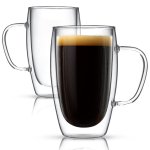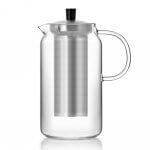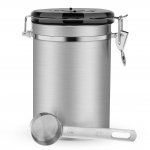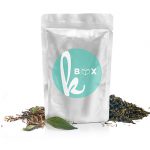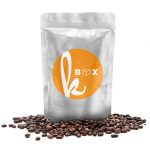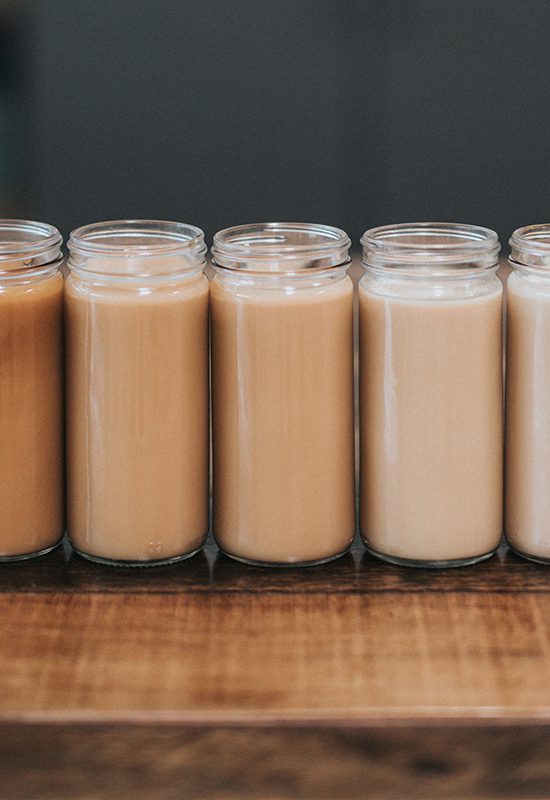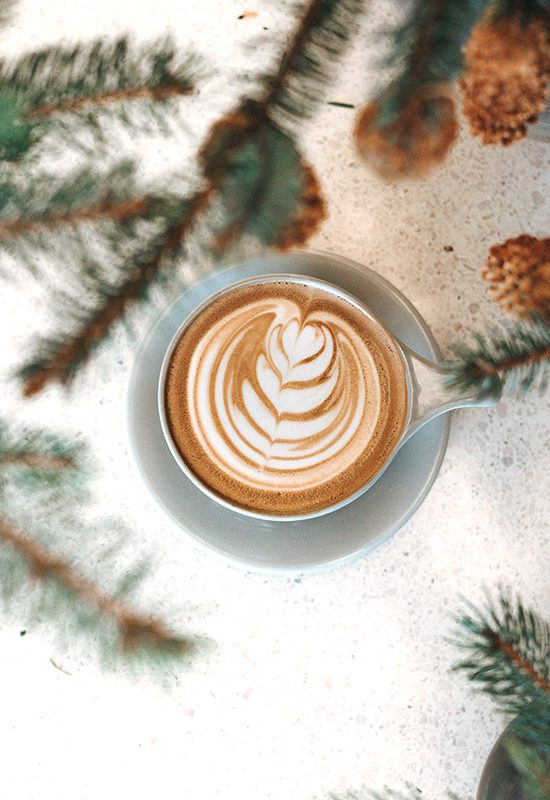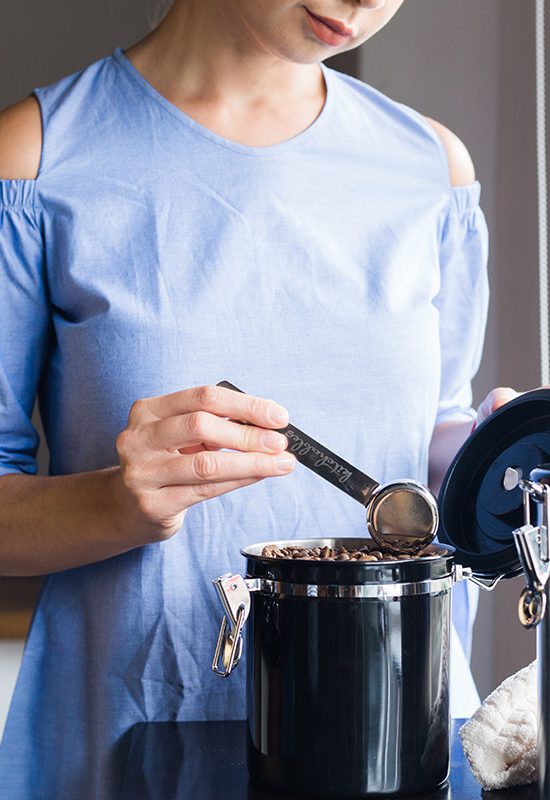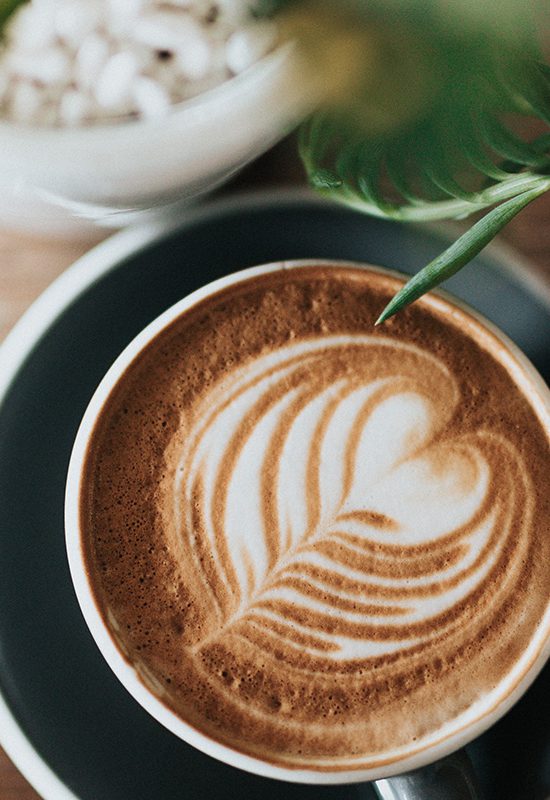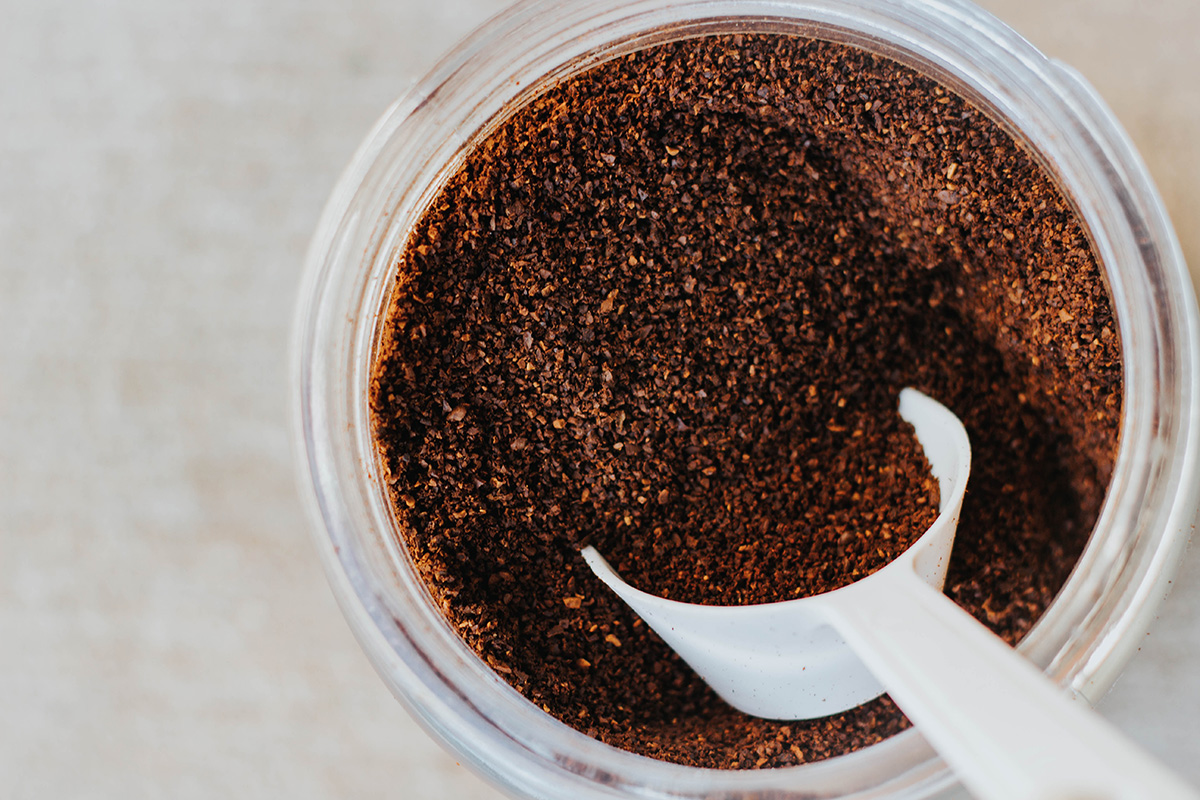
Important Tips in Grinding Coffee Beans to Achieve “The Perfect Cup”
You might have heard the statement “bad coffee is better than no coffee at all.” You may or may not agree with it but you’ve got to admit – if there’s an opportunity to have The Perfect Cup of great-tasting coffee, you will grab it any day at any rate.
Several factors affect the best coffee and one of the most often overlooked is the type of grind. If you are using pre-ground coffee all the time, you might not even notice the difference. But if you are using whole coffee beans, you will notice that using the right kind of grind truly makes an awesome cup of coffee. In this article, we will let you in on important tips in grinding coffee beans!
1. Grind coffee beans right before brewing it.
If you are a serious coffee drinker and really want to level-up your coffee drinking game, then you’re better off purchasing whole coffee beans rather than the pre-ground ones. The pre-ground beans get stale easily and lose its freshness right away because they’d been prepared way ahead, packaged for quite some time and most probably delivered in long distances.
You can look for local coffee beans roasters in your community, get a reliable coffee subscription, or even grow and roast your own coffee beans at home for better flavor and aroma. Once you have your coffee beans, store them properly to maximize the freshness, and only grind when you’re ready to brew.
Once you have the beans at home, make sure to store them in airtight container and keep them away from the four harmful elements – air, light, heat, and moisture.

2. Practice accuracy when measuring your coffee beans.
Measuring your coffee beans accurately is an essential step to achieving a perfect cup. If you brew your own coffee often or all the time, investing in a small kitchen scale is worth it. Look for one that measures in grams so that it will be easier for you to measure water, beans, and grounds.
You are definitely free to experiment. You can start with 500 grams or milliliters of water to 30 grams of whole coffee beans. After measuring, then you can start heating, grinding, and brewing!

3. Match the coffee grinds to the method.
The consistency of your coffee grinds depends on your brewing method. Some grinds work best in a certain type of method, while other grinds work best in other specific methods. Thus, it’s important to know which grinds should be used for which method.
You will usually hear “coarse, medium, and fine” grinds but oftentimes it’s tough to distinguish what they look like. Here, let’s paint a picture through these clear photos of different grinds. Go check out the grind chart over there at I Need Coffee.
If verbal descriptions help you better, read on.
Course – Think of potting soil; course and with distinct particles
Medium – Like coarse sand
Fine – Like sugar or salt when rubbed between your fingers
Super fine – Not really as fine as powdered sugar or flour but you can still feel some loose particles
Turkish – Very fine and powdery like flour

Knowing what each type of grind looks like is essential. In order to achieve your best cup, proper coffee extraction is necessary, which means that the water is dissolving the right amount of coffee. As mentioned above, the type of grind will depend on your brewing method. In general, brewing methods with longer contact time needs to have coarse grinds.
Here’s a cheat sheet derived from I Need Coffee.
Extra course – for cold brewing (e.g. Toddy Brewer)
Coarse (very chunky) – French Press
Medium-coarse (less chunky) – Chemex, Café Solo Brewer
Medium (like kosher salt) – Drip Pots/Machine Drip
Medium-fine (between kosher salt & table salt) – Pour-Over Cones, Siphon Brewer
Fine (like table salt) – Stove top espresso pots/ Espresso
Super fine – Espresso Machines
Turkish (like flour) – Turkish coffee
4. Use the right type of grinder
There are different types of grinders that will make grinding coffee easier and more efficient for you unless you prefer doing manual labor or an additional muscle exercise. If you indeed prefer to DIY (do it yourself) grinding, you will need a couple of materials you can find at home like a hammer, blender, or mortar and pestle (but don’t expect to get exceptional results).

The two commonly-used grinders are the blade grinder and the burr grinder. Choosing the right one for your brewing needs can significantly increase your chances of achieving the perfect cup.
Here’s what you can expect.
Blade Grinder
A blade grinder works just like a blender. It usually has a clear plastic top and a blade at the center that works like a propeller. You simply pour the beans into the grinder and start grinding. Pushing the button will cause the blade to spin (think: blender), thus squashing the coffee beans.
Although a blade grinder is generally cheaper, there’s also the downside of getting uneven coffee grinds and not as smooth as when you’re using a burr grinder. However, if you usually make coffee using a drip maker or French press, blade grinder does its job pretty well. It’s difficult to achieve fine or super fine grinds for espresso though.
Since this type of grinder needs manual handling, there are no settings, which is why you have to practice the art of timing. Blade grinding is actually a skill! Always remember that the longer you grind, the finer the grind will be.

How To?
1. If you don’t have a small kitchen scale and you like your coffee strong, you can start with approximately two tablespoons of coffee beans per cup (or 6-8 ounces of water). Adjust to your taste as needed.
2. Load the coffee beans into the blade grinder. Use short bursts of a few seconds when grinding rather than just pushing the button and allowing the blade to squash the beans continuously.
3. Hold the top of the unit and shake it once in a while to mix the grounds and result in even and smooth grind consistency.
4. Try 8-10 seconds for course grinds and short bursts of about 10-15 seconds for medium grinds. And of course a few seconds longer for fine grinds. Adjust as needed.
Below is a short video just to show how blade grinder looks like and how to do the short bursts.
Burr Grinder
A burr grinder is generally more expensive but is preferred by many who brew their own coffee. It’s very precise and accurate that you don’t have to worry about uneven coffee grinds. It’s also multi-purpose so you can grind the beans and brew using any method from French press to drip, espresso, and Turkish!
It’s important that you follow the instructions manual because different manufacturers have different settings. There are manual and electronic burr grinders to choose from. You can then experiment and adjust your grind to your liking or based on your brewing method.

Just learn and get used to grinding and you will be on your way to the perfect cup! It takes some practice but it’s worth it, knowing that you’ll have the best mornings with a warm cup of fresh coffee.
*Pin for later.

